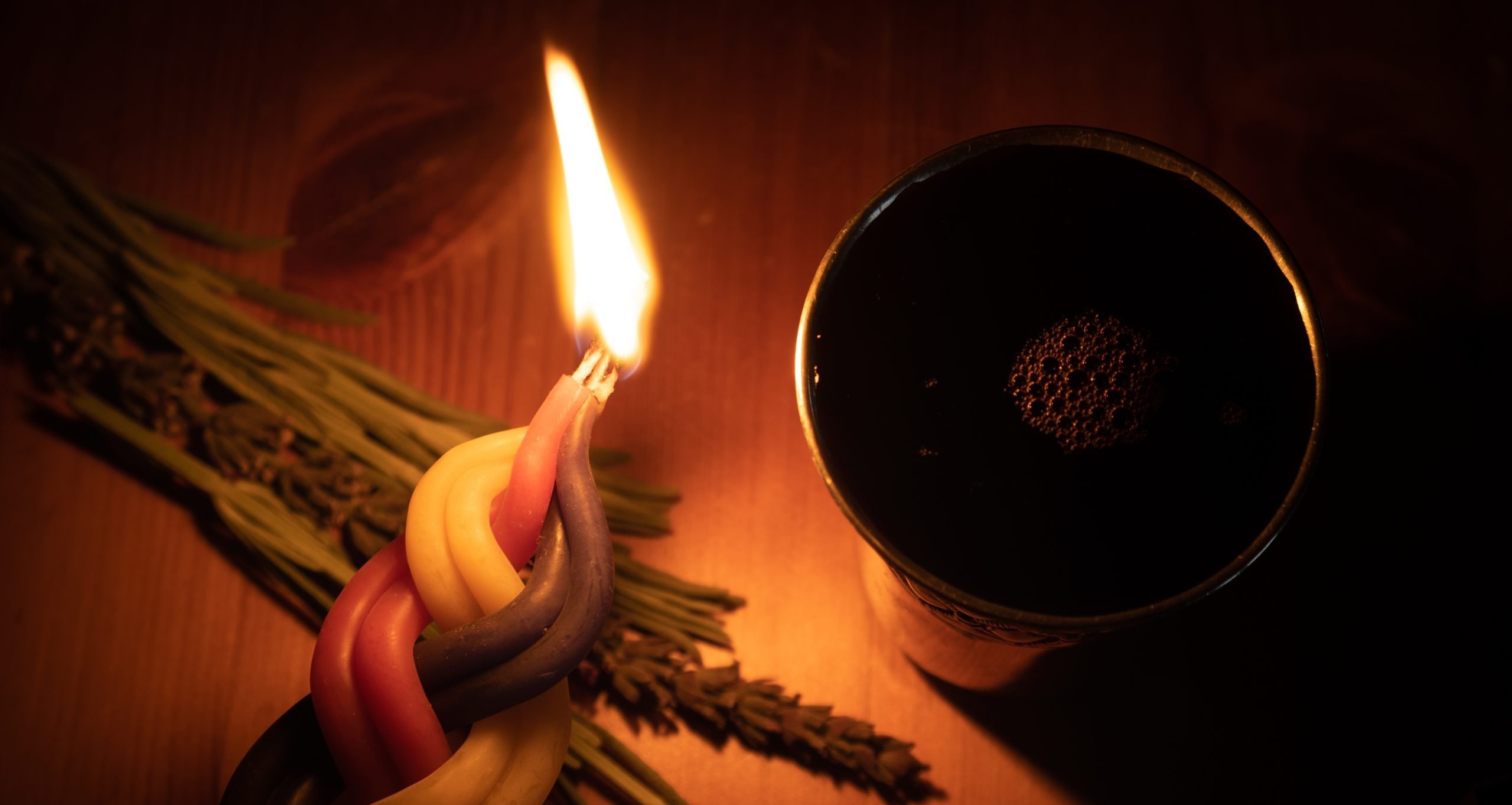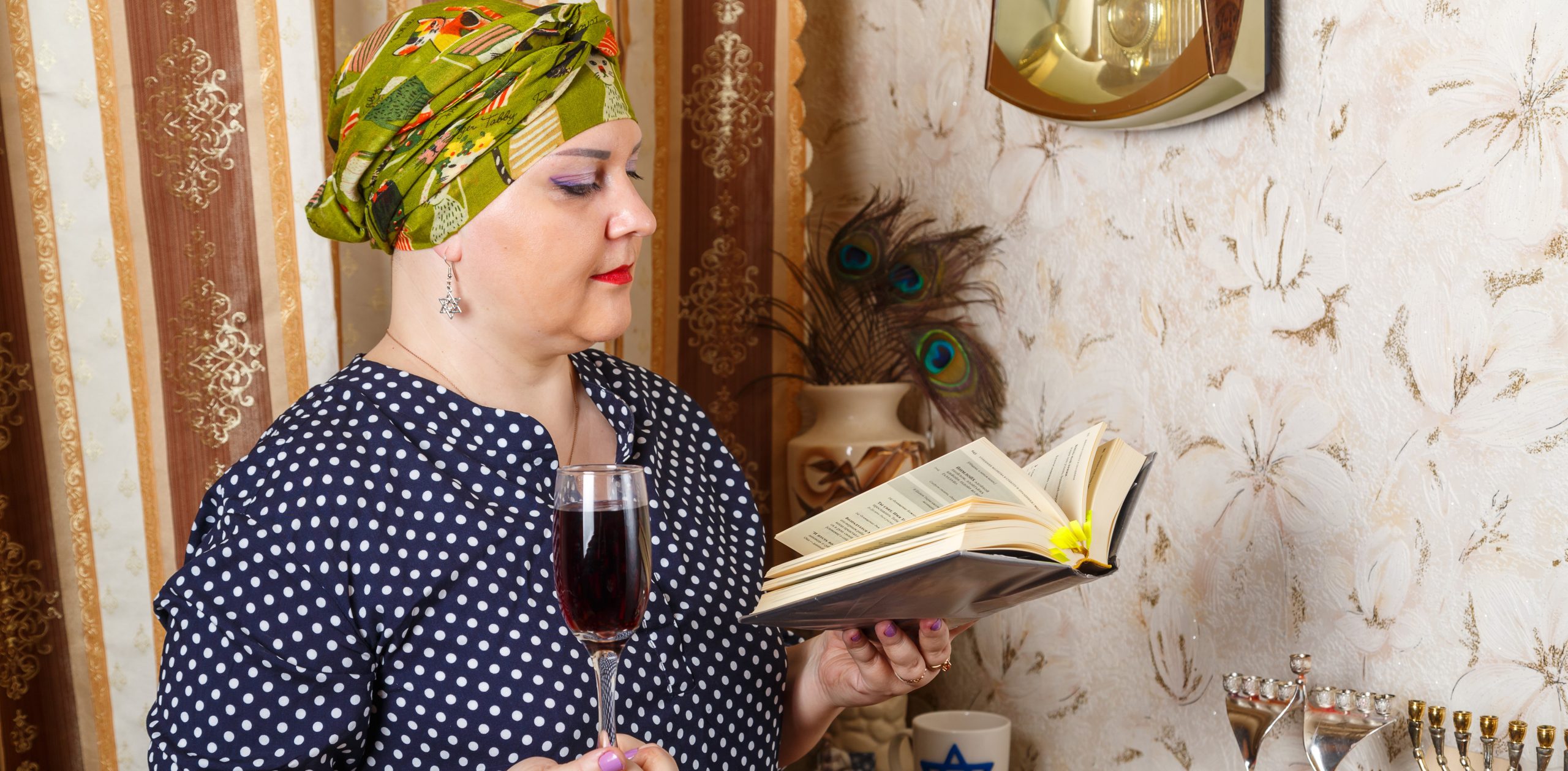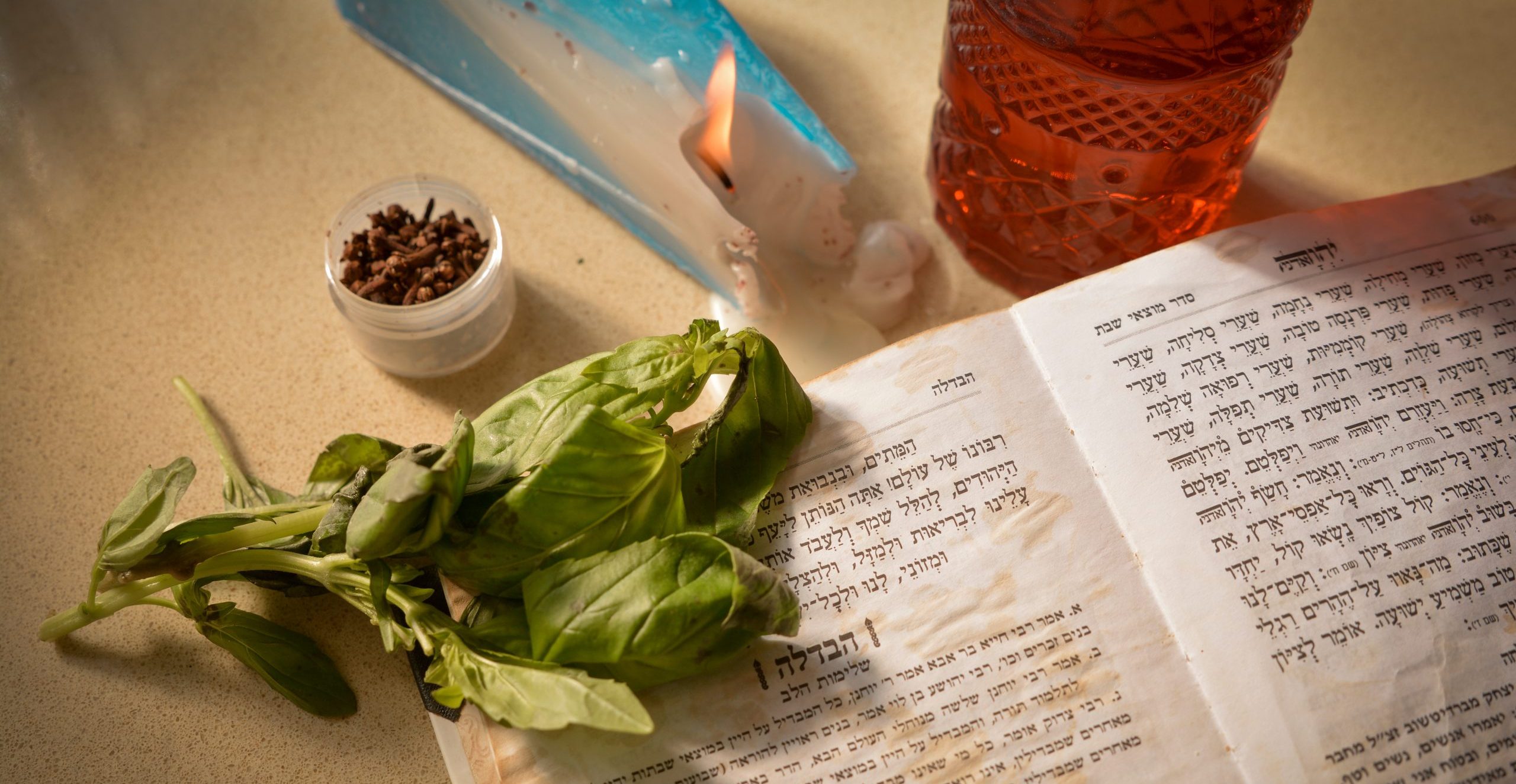
We’re exploring the beautiful, magical ritual traditionally done at the end of shabbat and certain holidays, believed to refresh the soul: havdalah!
Read on to learn about what makes it so meaningful and how to incorporate it into your own life.

Havdalah, which means "separation" or "distinction" in Hebrew, is the closing ritual of shabbat and is performed after nightfall on Saturday evening. It is a sort of "goodbye" to shabbat and a mark of ending the holy day and beginning a new week. A modified version of it also takes place at the end of major holidays.
The ritual comes from a passage in the Torah, from the Book of Leviticus: "for you must distinguish between the sacred and the profane; between what is impure and what is clean." Havdalah is therefore an embodied act of distinguishing between the sacred day of rest and the ordinary remainder of the week.
Performing havdalah involves reciting a series of blessings while engaging multiple senses: gazing at the light of a fire from a multi-wick candle, smelling fragrant spices, and tasting wine.
This beautiful tradition therefore naturally comes with its own ritual objects and Judaica: special havdalah candles, wine, and spices, as well as artistic havdalah sets to hold them all.

The ritual of havdalah is considered to have mystical powers, and to refresh one's soul and make up for some of the holiness one loses at the end of shabbat. In addition, it is considered to be spiritually important to make this physical distinction between sacred and ordinary times, allowing us to better appreciate both.
There is also a special status associated with the wine that is left over at the end of the havdalah ritual, after a portion is drunk and the rest is used to extinguish the candle. Some believe this remaining wine to be imbued with mysticism, sanctity, and special power.
Some Jews have the custom to place drops of this wine at the end of havdalah on one's eyes as a show of the preciousness of the commandments. There are also mystic superstitions regarding putting drops of it on any aches or pains for healing; inside one's pockets as a wish for good livelihood; and inside the mouth of an infant so that they may learn to speak beautifully.
No matter how strictly you keep Jewish traditions and commandments, havdalah is a wonderful ritual to incorporate into your own shabbat and weekend!
For a full traditional havdalah, you'll need:
Read our Havdalah How-To blog for more practical info and instructions, or simply follow along in your prayer book. If the entire ritual is overwhelming, feel free to start with the parts that feel most meaningful and rewarding to you.
And don't forget that it can feel more special if you use distinct items set aside just for havdalah, including an artistic havdalah set and a beautiful havdalah candle!
Get ready for havdalah with all the essentials you need right at our store, and check out the rest of our shabbat Judaica collection to make every weekend special!


Owned by JWG Ltd, maintains its offices and warehouse in Jerusalem, Israel. © 1999-2022 JWG Judaica and Dead Sea Cosmetics